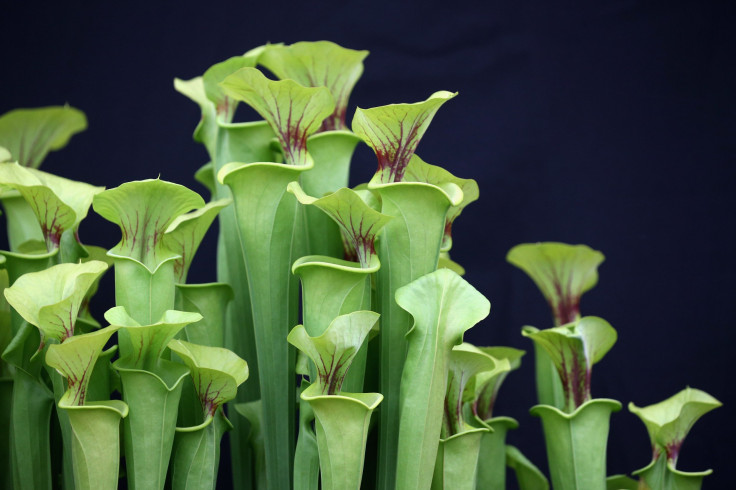Celiac Disease: Enzymes From Carnivorous Pitcher Plants May Help Patients Digest Gluten

Scientists have discovered a new way in which celiac patients may be able to digest gluten — with the help of an enzyme from the carnivorous pitcher plants.
Celiac disease is a genetic autoimmune disorder where the patient’s small intestine can be damaged because of gluten, a protein found in grains like wheat, rye and barley. Unable to digest the proteins fully, the patient’s body mounts an immune response where antibodies attack internal organs such as the small intestine.
These attacks damage the villi that promote nutrient absorption, causing the patient’s body to lose out on essential nutrients like iron, folate, calcium, vitamin D, protein, fat and other food compounds.
According to the California-based Celiac Disease Foundation, it is estimated that the disease affects 1 in 100 people worldwide. In the United States, two and a half million people haven’t been diagnosed and face the risk of long-term health complications.
As there is no cure for the disease, the only treatment is a strict, gluten-free diet for life.
However, lead researcher David Schriemer said pitcher plants are like “disposable stomachs” that use an enzyme-rich liquid to digest insect prey. These enzymes are very potent when it comes to breaking down gluten, and the University of Calgary researchers say that they could work similarly in a human stomach.
As each plant holds only 0.5 milliliters of liquid, the researchers enlisted the help of three retired women who went through an entire greenhouse of roughly 1,000 individual pitchers. The women were supplied vials of fruit flies that would help stimulate the plants, allowing them to collect small amounts of fluids on a regular basis.
Over a period of six months, six liters (over 1.5 gallons) of the liquid were collected, allowing the researchers to complete their studies.
Schriemer said it may be possible for Celiac patients to take medication containing these enzymes in a few years, allowing the pitcher plant’s enzymes to fully break down gluten in their bodies.
“The idea here is that you would take it like Beano,” Canada’s CBC News reported him as saying. “We’ve taken it all the way through to animal trials at this point, and it seems to work.”



























